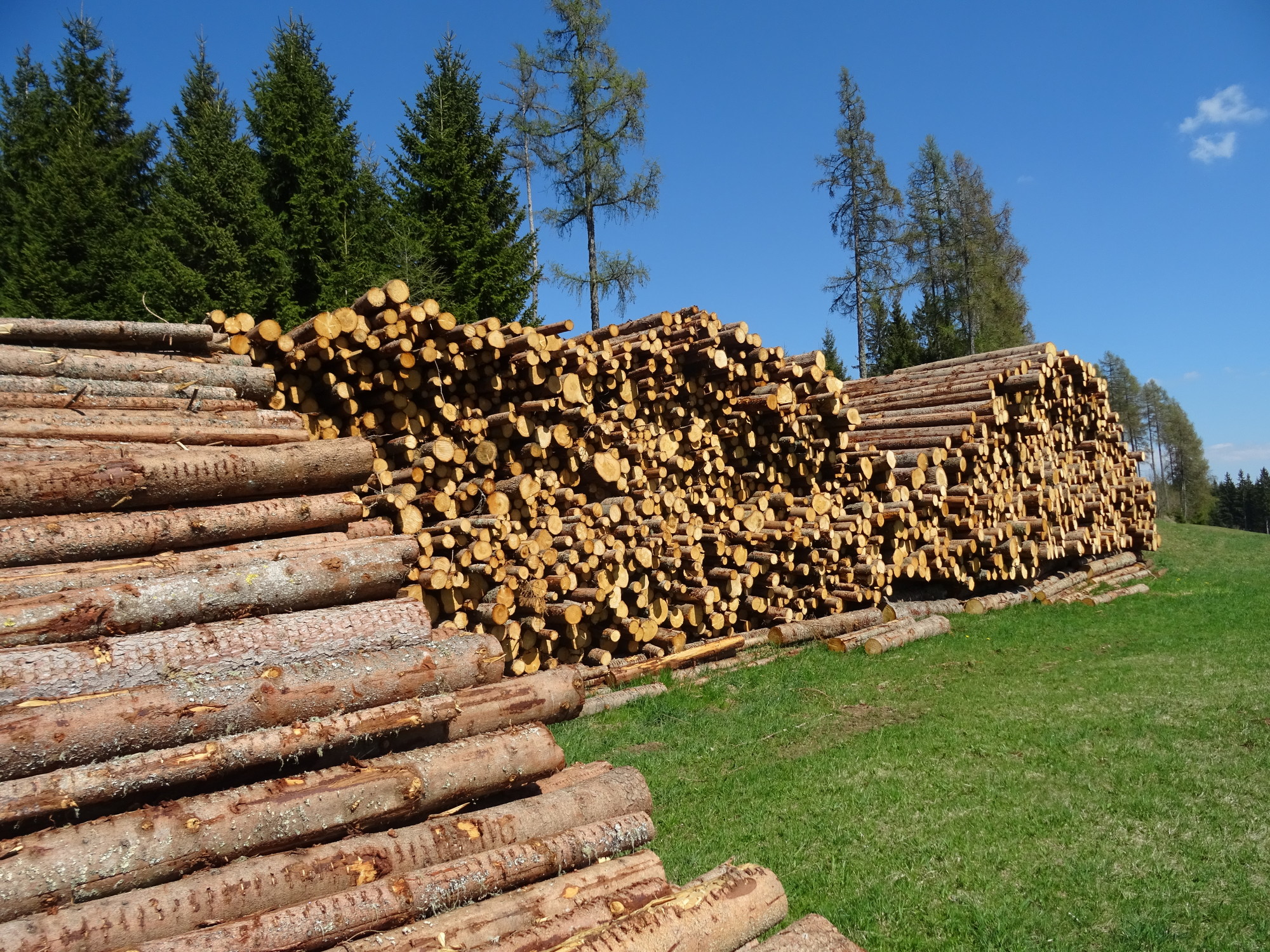Policy Brief 1: Potential and limits of European forests in climate change mitigation

Latest data from National Forest Inventories raise doubts about whether European forests will provide the greenhouse gas sink strength that is targeted by the Regulations on Land use and land-use change.
The recommendations in the policy brief aim at facilitating evidence-based decision making (Policy brief as download). We propose measures to maintain the forest carbon sink strength and provide information for the time horizons for achieving the targets.
Recommendations
- Forest carbon sinks are dynamic, and their net sink varies between years. Realistic and measurable goals should be set for the contribution of European forests to climate change mitigation. The goals should take into account natural variability and uncertainties of sinks, forest management, EU biodiversity commitments and expectations towards the bioeconomy.
- Implementation of forest management practices should be supported to increase the carbon sequestration capacity of forests and wood products, and to increase the resilience of forests against adverse effects of climate change.
- The role of forest soil carbon pools should be recognized and measures that improve soil health and prevent soil degradation should be incentivized. Forest management practices that support soils as carbon stocks and improve tree growth under changing climate should be promoted.
The EU aims to be climate neutral by 2050, as set out in the European Climate Law. Despite that the reduction of CO2 emissions from fossil-based production processes is critical for reaching the climate neutrality goal, the land use, land use change and forestry (LULUCF) sector has high potential to contribute to the removal of CO2 from the atmosphere.
The LULUCF sector comprises managed forests and land-use changes, including harvested wood products, deforestations, managed cropland and grassland. The LULUCF Regulation 2018/841 creates the EU legislative framework for emissions and removals from the land use sector for the period 2021-2030. It is amended with Regulation LULUCF (EU) 839/2023. In the first compliance period (2021-2025), the emissions and removals of greenhouse gases from managed forests (including harvested wood products) are accounted for against forest reference levels (FRL).
The FRLs are based on forest management practices between 2000 and 2009. For the second compliance period (2026-2030) a net-removal of 310 Mt CO2 equivalents is targeted for the LULUCF sector. The CO2 sink of forests in the last decades has been largely caused by low harvesting rates, planting of highly productive tree species, peatland drainage, and the recovery from historic exploitative forms of forest management. Based on recent reports on greenhouse gas inventories, forest sinks have started to considerably decline, and emissions from soils have leveled or increased.
Forests are under pressure due to climate change effects, requiring considerable adaptation efforts. The net CO2 removal from forests has been projected to decline further due to a combination of harvesting, reductions in the growth rate of ageing forests, and more abundant biotic and abiotic disturbances (pests and pathogens, fire, drought, storm). Timber from regular harvests is used for products retaining CO2 well beyond the life-time of forests and substitutes for non-wood materials.
Thereby, a relevant sink of CO2 is created. Wood from disturbances either immediately releases CO2 to the atmosphere (fire) or its use is confined to short-lived products that do not qualify as lasting carbon sinks. The climate mitigation targets for managed forests are ambitious, and several member states are raising doubts whether they are achievable. The FRL for the first compliance period is criticized because it insufficiently accommodates impacts of climate change that are not driven by forest management. The impact assessment for the EU 2040 acknowledges the high uncertainty of the projected performance of forests and a diminishing sink strength.
Further Information
- Download Policy brief “Potential and limits of European forests in climate change mitigation” as a PDF file